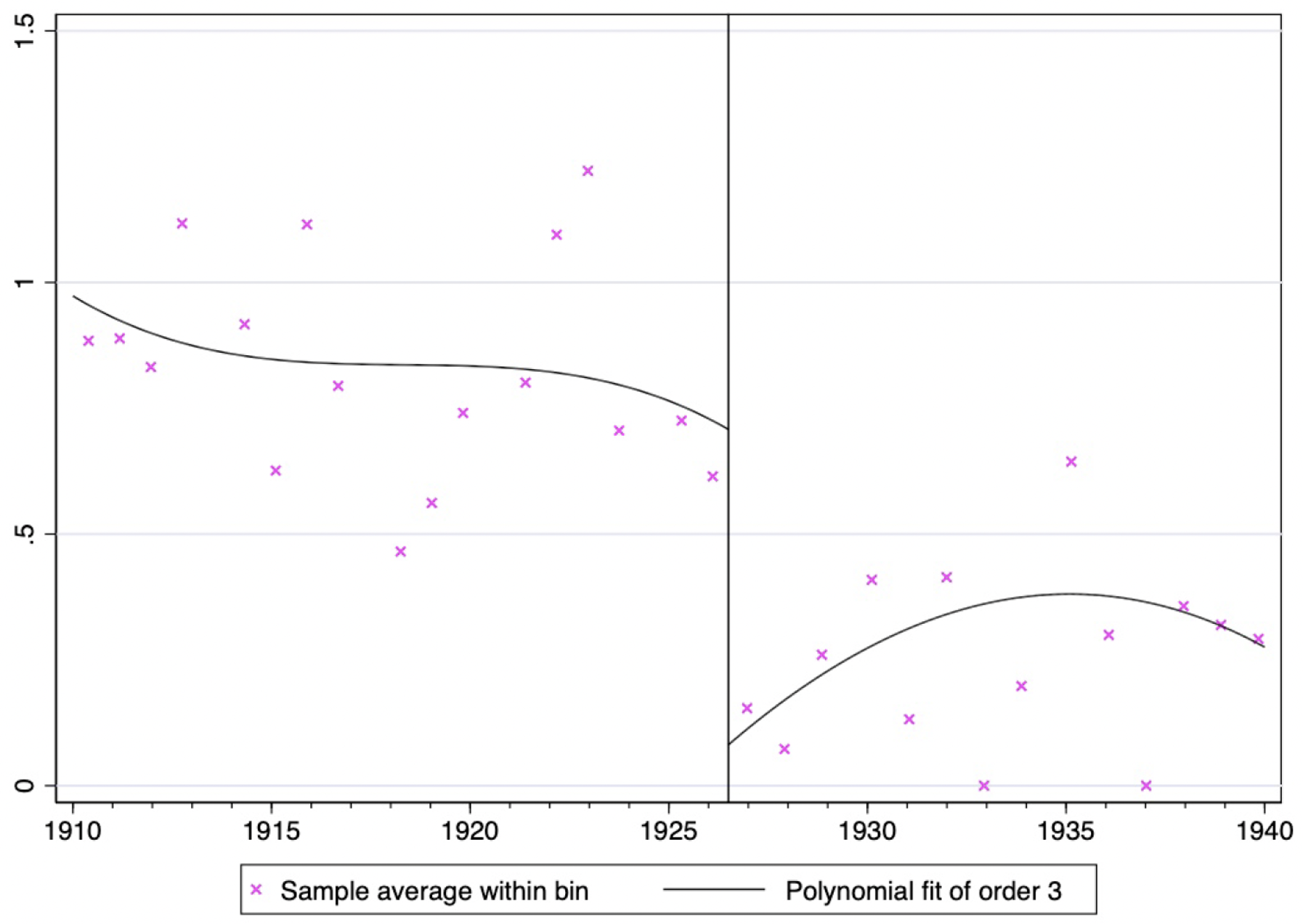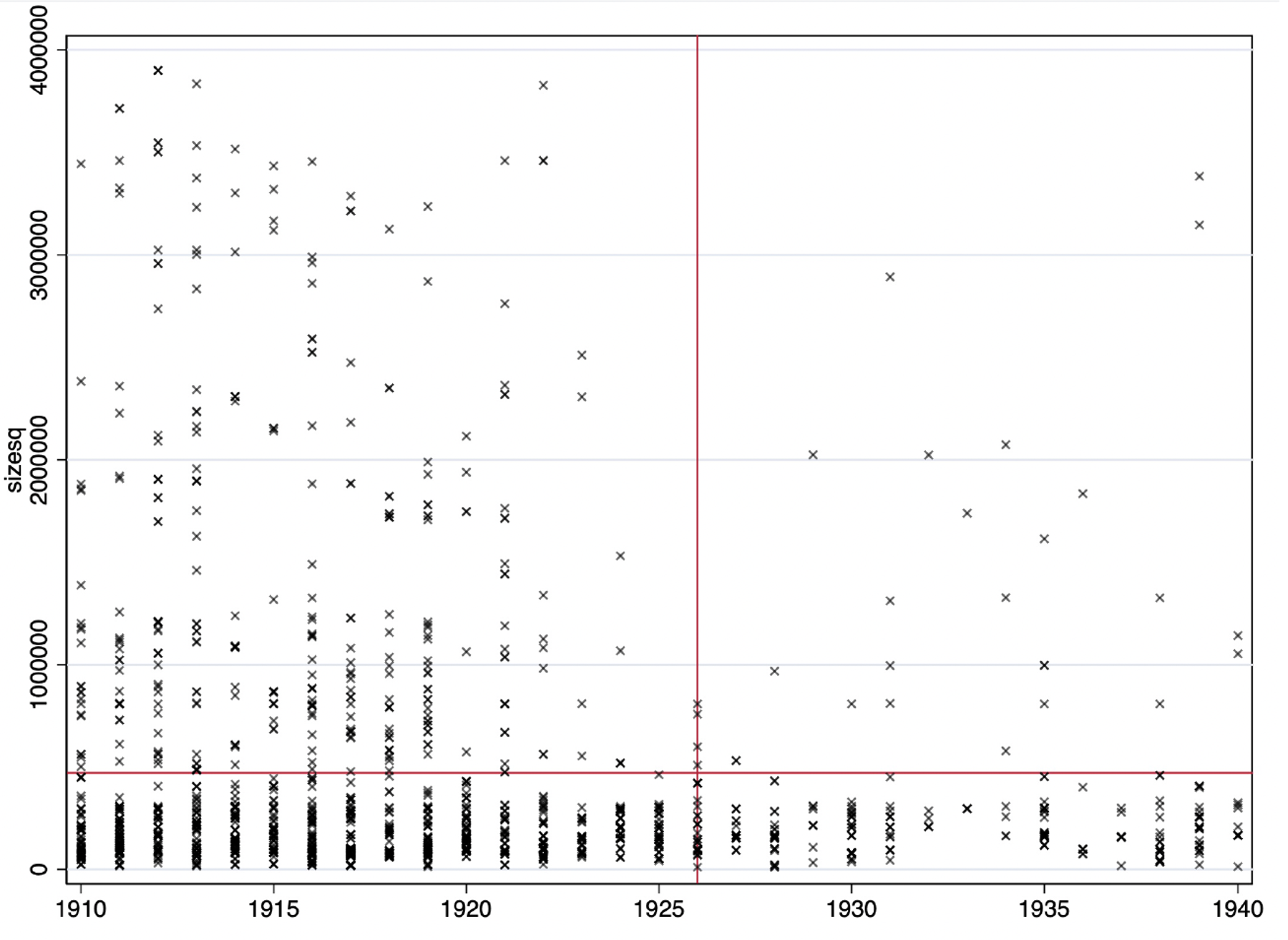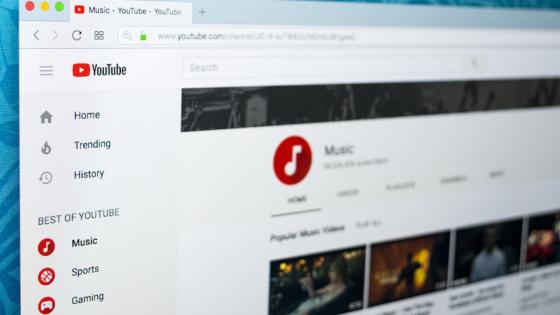Researchers have long debated the role of copyright laws in incentivising creativity, and agree that some level of exclusivity is needed to create quasi-public goods such as creative works (e.g. Giorcelli and Moser 2020). Once the creation of a work is adequately incentivised, however, the need for protection to ensure availability and distribution is less clear. This question has been fiercely debated in recent public policy debates on the optimal terms of copyright protection (Reimers 2019), as well as the effects of copyright on the availability and distribution of creative goods on digital platforms (Peukert and Kretschmer 2019). In a recent study (Cuntz et al. 2023), we seek to address this question with causal empirical evidence for the visual arts sector.
Using large-scale data from museum collections and image aggregators online, we leverage a quasi-natural experiment made possible by a significant change in copyright protection in the US following pioneering research by Reimers (2019), Watson et al. (2023), and Aguiar et al. (2018). More precisely, we exploit exogenous variation in copyright status introduced by the 1998 US copyright law change, which extended copyright protection for an additional 20 years for works that were still under protection at that time, from 75 years to 95 years of copyright protection from the date of publication (as approximated by the year of creation, and explained in detail in the our paper). Eventually, this creates a discontinuity in the copyright status for artworks published around 1926.
Notably, while we are able to approximate the copyright status of the underlying physical artwork, the copyright treatment of digital copies of public domain works varies from jurisdiction to jurisdiction in important ways. First, a jurisdiction could potentially recognise a new copyright in a digital surrogate. Most major jurisdictions like the US, the UK, and the EU find that digital copies of public domain works lack sufficient originality to be protected, but the question is unsettled in many countries. More importantly, cultural institutions, independent of legal precedent, might sometimes claim ownership of digital surrogates and seek to control access or license digital copies made from public domain works in their collections as a source of income. This is a major difference, for example, between US and UK institutions, with UK museums being much more likely to lay claim to digital surrogates (Wallace 2023).
Public domain effect on online availability
Figure 1 shows this discontinuity using a regression discontinuity design. The figure plots the logged number of observed online artworks (artist-creation year level). Estimates suggest that, on overage, perceived public domain status of an US artwork increases image availability online by between 34% and 42% for artworks by a given artist in the sample. So, in the absence of copyright protection for the underlying artwork, image availability is substantially higher. These estimates largely confirm the findings on public domain effects in digital distribution in previous research on books and image reuse on Wikipedia (Nagaraj 2018, Heald 2014). Our study provides further details on the general external validity of results, and concludes that the observed effect is likely applicable to all artworks in US museum collections. Still, further results on image availability and quality suggest a more nuanced picture on the question of copyright effects.
Figure 1 Number of digitised artworks (log-transformed)
Note: This figure shows the yearly number of digitised artworks (log) on the artist-level and year of artwork creation date. The panel is balanced around artists with at least one observation post 1926. The sample is restricted to years 1910-1940 and museums in the US. The crosses represent sample average within bins and the line a polynomial fit of order 3. Standard error are clustered at the artist-level. The x-axis line denotes the copyright cut-off point in 1926.
On the relationship between public domain and image quality
In a next step, we discuss possible heterogeneity of available digital artworks with regard to their quality (image resolution). As Figure 2 shows, artworks in the public domain show a strong positive correlation with image resolution (y-axis), while the artworks still protected under copyright are available with lower average image quality. This practice is consistent with the fair use guidelines promoted by the American Alliance of Museums, which distinguish between low and high image resolution (guideline threshold represented by the plotted x-line).
Figure 2 Upstream reuse by image quality
Note: This figure shows the distribution of museum upstream reuses by conducting a reverse google image search for U.S. artworks created between 1910 to 1940. A cross represents an upstream image (opacity set at = 60 %). The horizontal red line indicates the threshold line for low-/high-resolution images (pixel x pixel ≥ 472′080) and the vertical red line is plotted at 1926. The figure is restricted to observations with image resolution < 4’000’000 pixels. N = 1′709.
The commercial and public value of digitised artworks
Finally, we conduct Google reverse image searches to collect information on worldwide internet reuses of digitised artworks, distinguishing between upstream reuse (i.e. uploads made by the museums on their websites) and downstream commercial or non-commercial reuse. Starting with more than 1,349 artworks, the data collection resulted in more than 88,000 total reuses on the web. Artworks therefore appear on an average of 66 webpages, and more than half of the downstream reuse is commercially driven, with vendors such as poster sellers. Building on a valuation method developed by Erickson et al. (2018), the value of digitised artworks in the sample can be estimated at more than $650,000 thousand for non-commercial reuse, and $8 million for commercial reuse.
Our study contributes to the ongoing debate on copyright law and digitisation. Ultimately, the empirical findings demonstrate how museums interpret the legal environment and how that translates into economic behavior in the market. This study underscores the need for a nuanced approach to copyright laws, one that considers both the needs of creators and the broader public interest in accessing and enjoying creative works online.
Authors’ note: The views expressed are those of the authors, and do not necessarily reflect the views of the World Intellectual Property Organization or its member states.
References
Aguiar, L, J Claussen and C Peukert (2018), "Catch me if you can: Effectiveness and consequences of online copyright enforcement", Information Systems Research 29(3): 656-678.
Cuntz, A, P J Heald and M Sahli, (2023), “Digitization and Availability of Artworks in Online Museum Collections”, WIPO Economic Research Working Paper No. 75.
Erickson, K, F R Perez and J R Perez (2018), "What is the commons worth? Estimating the value of wikimedia imagery by observing downstream use", in Proceedings of the 14th International Symposium on Open Collaboration (pp. 1-6).
Giorcelli, M and P Moser (eds) (2020), “Copyright and Creativity. Evidence from Italian Opera During the Napoleonic Age”, CEPR Discussion Paper No. 14498.
Heald, P J (2014), "How copyright keeps works disappeared", Journal of Empirical Legal Studies 11(4): 829-866.
Nagaraj, A (2018), "Does copyright affect reuse? Evidence from Google Books and Wikipedia", Management Science 64(7): 3091-3107.
Peukert, C and T Kretschmer (2019), "Video killed the radio star: Online music videos and recorded music sales", VoxEU.org, 12 December.
Reimers, I (2019), "Copyright and generic entry in book publishing", American Economic Journal: Microeconomics 11(3): 257-284.
Wallace, A (2022), A Culture of Copyright: a Scoping Study on Open Access to Digital Cultural Heritage Collections in the UK, available at SSRN.
Watson, J, M MacGarvie and J McKeon (2023), "It Was 50 Years Ago Today: Recording Copyright Term and the Supply of Music", Management Science 69(1): 351-376.








